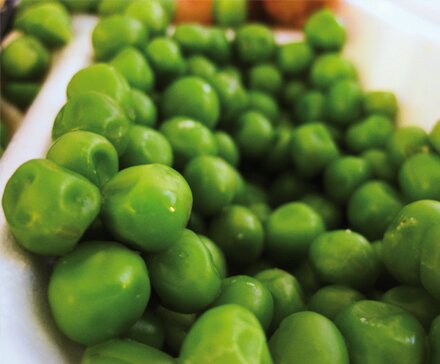Never too late for gardening

Gardening is an ongoing affair and though timing is important, we often become overwhelmed by a sense of being ‘too late to plant’ by some arbitrary date.
Often we bandy dates around as though they were written in stone. But in fact each season is different and garden planting dates are more flexible than traditional wisdom would have us believe! The good news is that it’s not too late to plant a great garden, even in June and July.
While it is true that fruiting plants like tomatoes and peppers really need to be set out now, many other summer producers will grow even more quickly from seeds planted in early summer, when the soil is already well warmed. You’ll be surprised how fast seeds will come up and explode with growth: cucumbers, beans and winter squashes, pumpkins, beets, carrots, chard and scallions, are all suitable for June planting.
Herbs
It’s a great time to start a crop of ‘cut and come again’ salad mix and mild mustards. You can also plant heat-and-sun-loving herbs like basil, marjoram, chives, oregano, thyme and sage. Just keep the seed beds well moistened. Even if you were super-efficient and your early-planted beans, squash, chard, carrots and basil plants are growing well, June is a terrific time to start a second crop to have ready for a late summer harvest, when the first crops of these staples have finished up. I usually start seeds every month, finishing sowing summer-producing vegetables in late June. In July and August, I move on to seeds for autumn crops like spinach, radishes, kale, leeks, peas, broccoli, more mild mustards and some pak choi.
Flowers
June is not too late for flowers either. I’ve planted marigolds, sunflowers, cosmos, zinnias and nasturtiums at this time of year. That way when the first annuals have burned out by late summer I have a lovely smaller flush of blooms to enjoy. If you really want to get ahead, June and July are also good times to start seeds for perennials and biennials to bloom next spring. Sow seeds in a protected seed bed, and then transplant seedlings in the autumn to overwinter. Next spring you’ll be rewarded handsomely with garden full of glorious colour.







